From lastarticle , we learnt about dangerous goods. For this article, we will get a whole idea about hazardous material. As the name implies,Hazardous Material refers to the general term of articles with flammable, explosive, infectious, toxic, corrosive and radioactive properties.So during transportation, we need to pay more attention and care on it, or it will cause extremely serious effects.
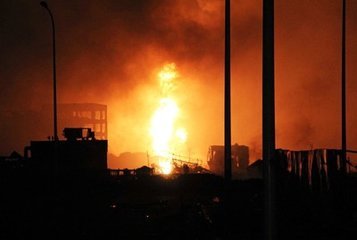
I DEFINITION
Hazardous Material which refers to the general term of articles with flammable, explosive, infectious, toxic, corrosive and radioactive properties. Such as explosives, gas, gasoline, yellow phosphorus, white phosphorus, ammonium nitrate, nitrocellulose, peroxides, potassium chlorate, uranium metal, fireworks, lighters, matches, and so on. In the process of packaging, transportation, loading, unloading, storage and storage of these articles, which may easily cause personal injury and property damage and require special protection, they shall be operated and treated as dangerous goods.
II Classification
Part one :
Under the external action (such as heat, pressure, impact, etc.), such chemicals can undergo violent chemical reactions and produce large amounts of gas and heat instantaneously, causing sudden rise of surrounding pressure, explosion and damage to the surrounding environment. Transportation of such hazards must be regulated by the state into category 2: compressed and liquefied gases. When these chemicals are subjected to heat, impact or strong vibration, the pressure inside the container will increase sharply, causing the container to burst and explode, or leading to the cylinder valve gate loose leakage, resulting in fire or poisoning accidents, such as liquefied gas irrigation.
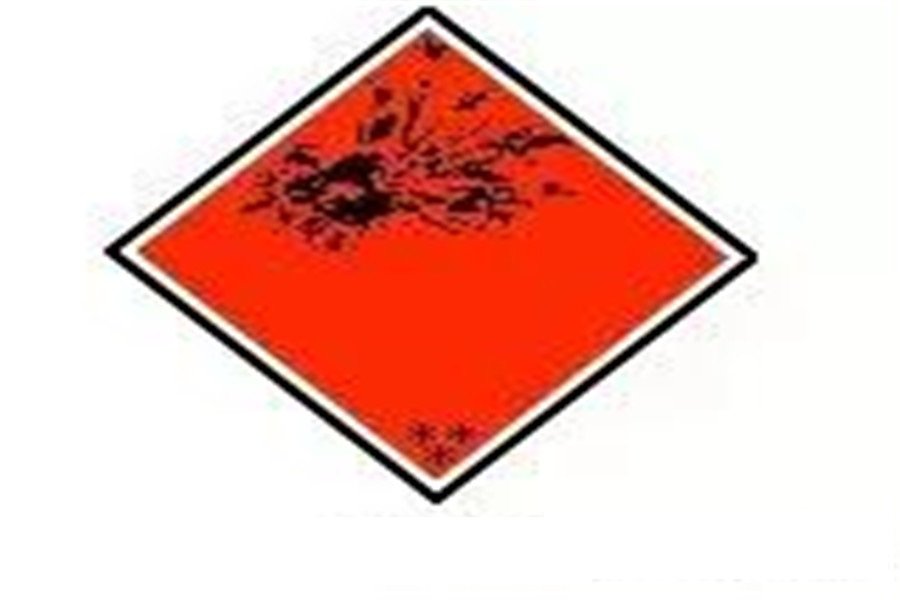
Part two: Compressed and liquefied gases
This class of cargo refers to compressed, liquefied or pressurized dissolved gases, and shall conform to one of the following two conditions: A.Critical temperature is lower than 50 ℃, or at 50 ℃, the vapor pressure is greater than 291 kpa of compressed or liquefied gases. B. When temperature 21.1 ℃, the absolute pressure of the gas is more than 275 kpa, or in the 51.4 ℃ when the gas absolute pressure is greater than 715 kpa of compressed gas.Or in 37.8 ℃, Reid vapor pressure is greater than 274 kpa of liquefied gas or pressurized dissolved gases
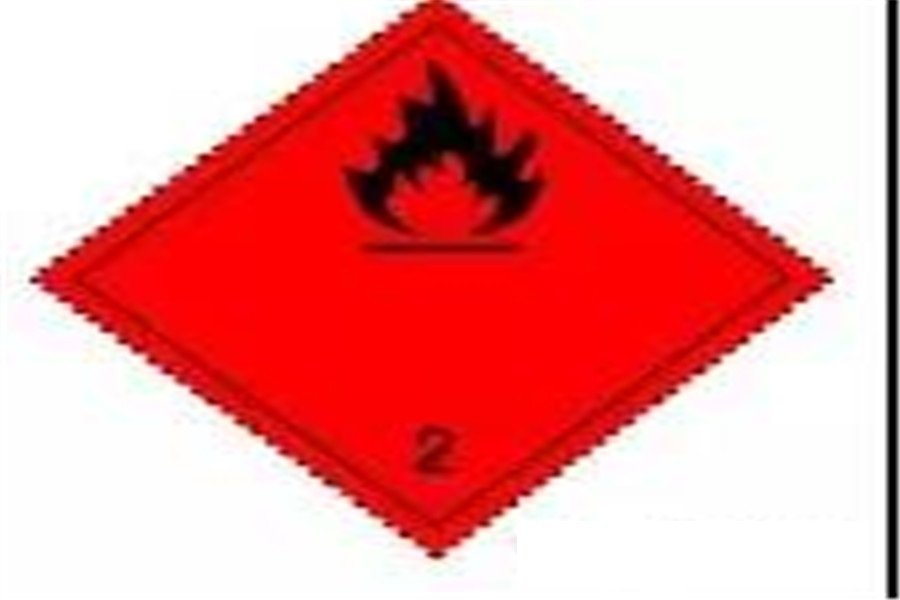
Part three:Flammable liquids
Such chemicals are closed cup flash point of 61 ℃ or less liquid, the mixture of liquid or liquid containing solid material, but does not include the danger has been included in other classes of the liquid.The substance is volatile at room temperature,Its vapour mixes with air to form an explosive mixture.
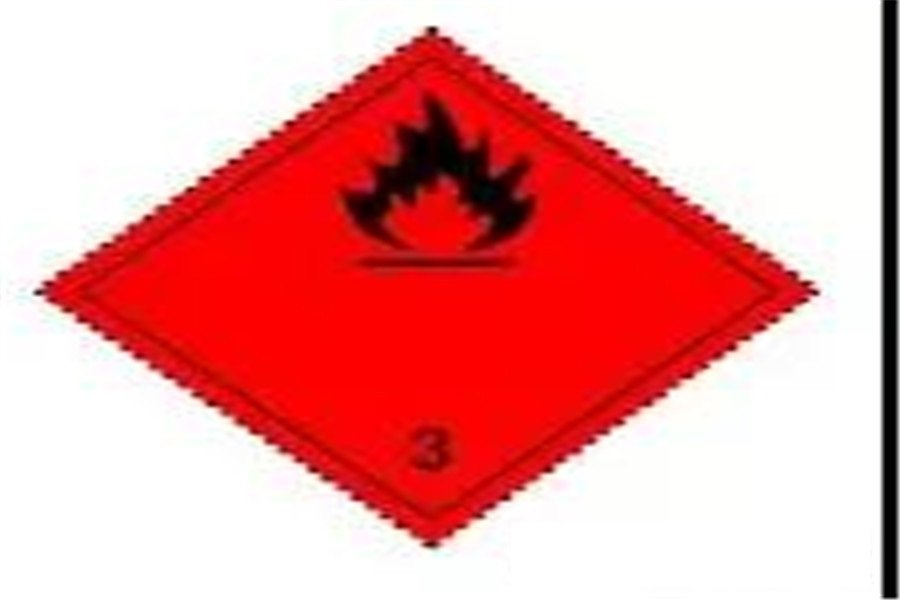
Part four: Flammable solid, spontaneous combustion chemicals These chemicals refer to those which, when exposed to water or damp, undergo violent chemical reactions and release large amounts of flammable gases and heat.
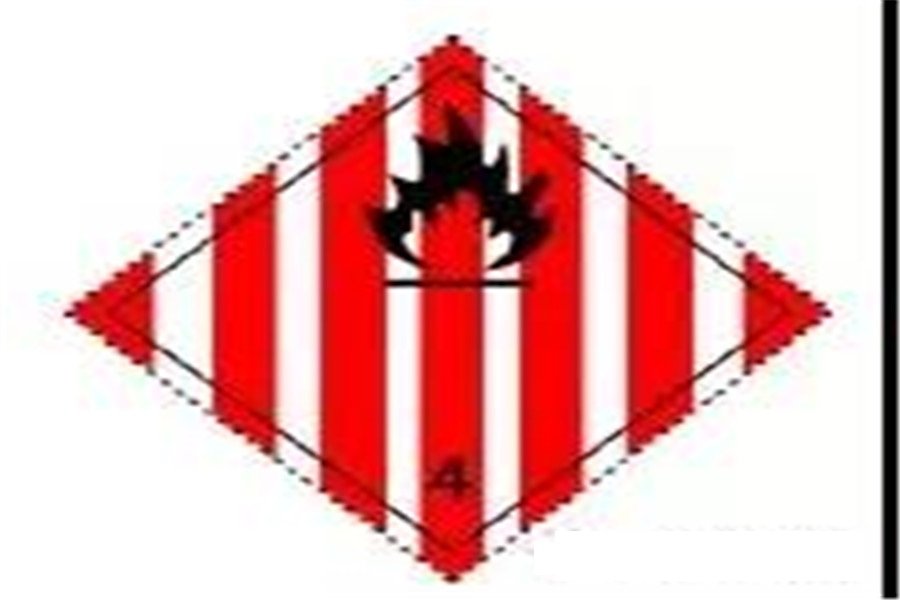
Part five:Oxidizer and organic peroxide
Such dangerous goods are substances that are highly oxidized, highly oxidizable, easily decomposed and give off oxygen and heat. Including peroxy organic materials, which may not be flammable in themselves, but can lead to combustion of combustible materials, which, together with soft powdered combustible materials, can form an explosive mixture that is sensitive to heat, shock or friction
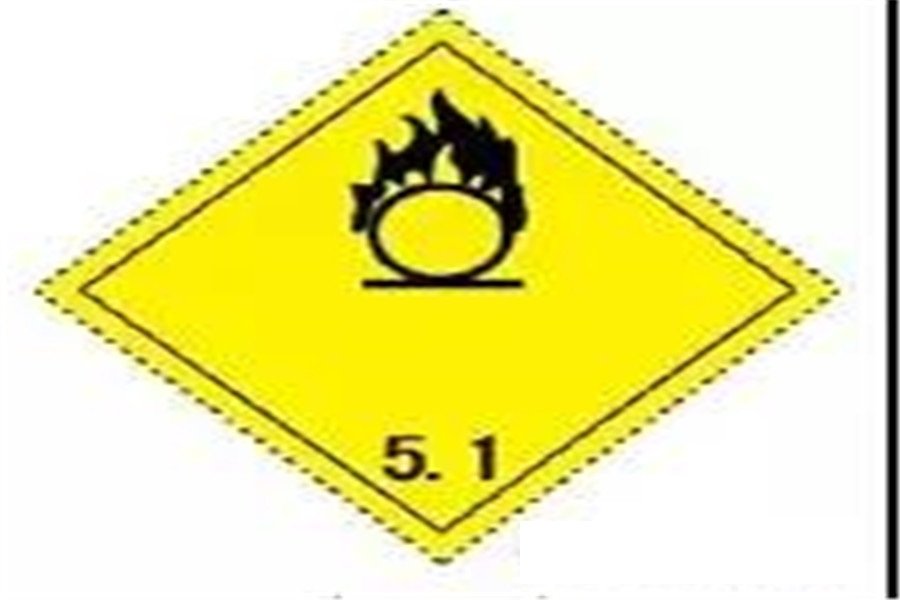
Part six: Toxic Materials
This cargo refers to the goods which, after entering the body, accumulate up to a certain amount, can interact with body fluids and tissues through biochemical or biophysical changes, disturb or destroy the normal physiological function of the body, cause temporary or permanent pathological state, and even endanger life. The lethal dose of oral intake: solid LD50 is no more than 500mg, and liquid LD50 is no more than 2000mg; After skin contact for 24 hours, the lethal dose of LD50 is no more than 1000mg. Solid or liquid containing half of the lethal concentration of LC50 or less than 10mg/L and pesticides listed in the list of dangerous goods
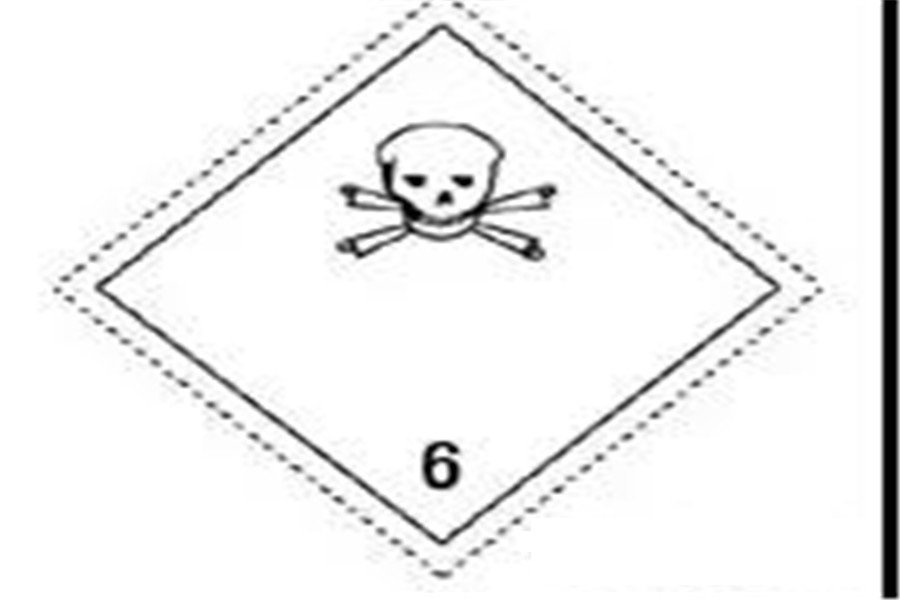
Part seven: Radioactive chemical
This chemical is a chemical whose specific activity is greater than 74 x 104Bq/kg. Such as: thorium nitrate, luminous powder and radioactive materials like radium, uranium, etc.
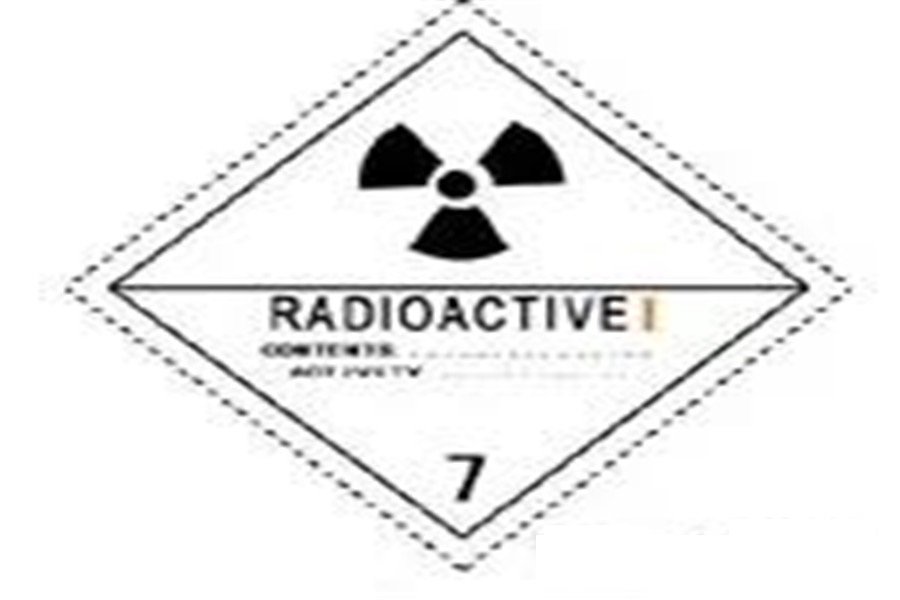
Part eight:
These chemicals are solids or liquids which are corrosive and can burns human tissue and causes damage to metals, etc. When contact with the skin, necrosis occurs within 4 h, or the temperature in 55 ℃, the surface of 20 steel uniform corrosion rate is more than 6.25 mm/a. The goods are divided into three categories according to their chemical properties: 1 acid corrosion 2 alkalinous corrosion 3 other corrosion products.
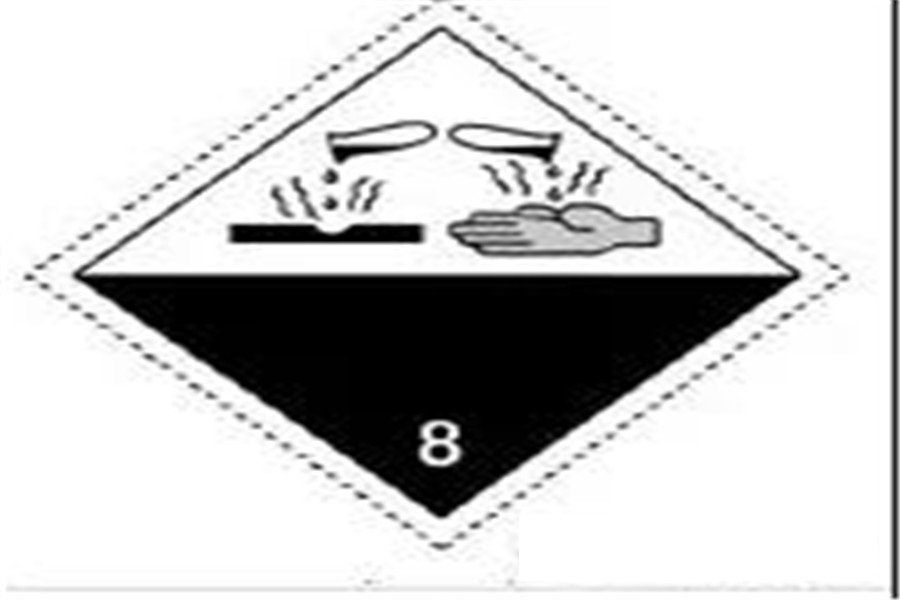
Part nine : other hazardous material
This type of hazardous material is a magnetic substance with narcotic, toxic or other similar properties, which can cause emotional disturbance or discomfort of the flight crew, thus affecting the proper execution of the flight mission and endangering the flight safety.
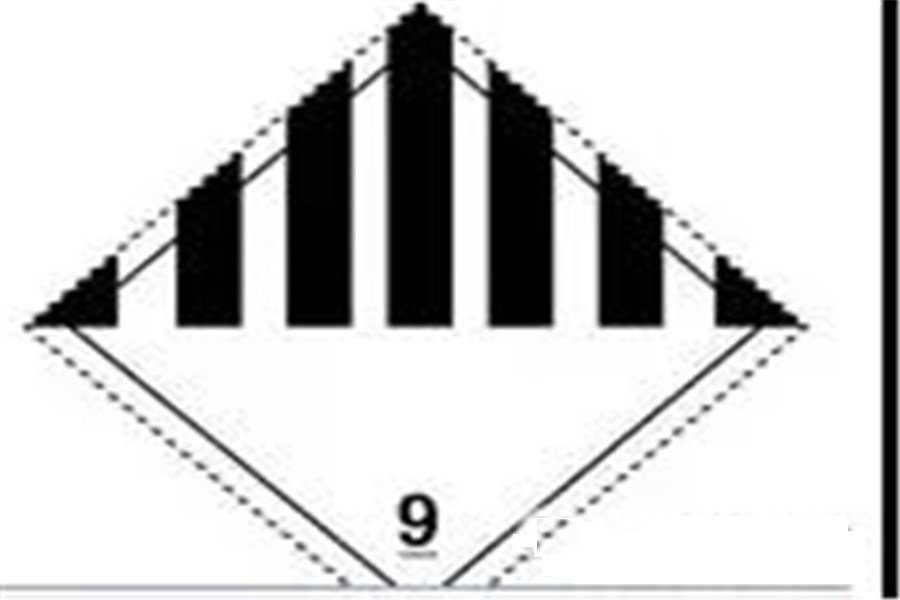
Through this article, I think you must have a better knowledge about hazardous material now. If you still have any doubts about hazardous material, feel free to contact us as below contacts. Wait for your feedback.
Choice Freight Best choose success.
Contact details:
Ivy Luo. C/S manager
Tel: 0755-21018307, Mob:13590218500
Skype: 13590218500
Email:ivy.luo@air-supply.cn
QQ:3094525070




